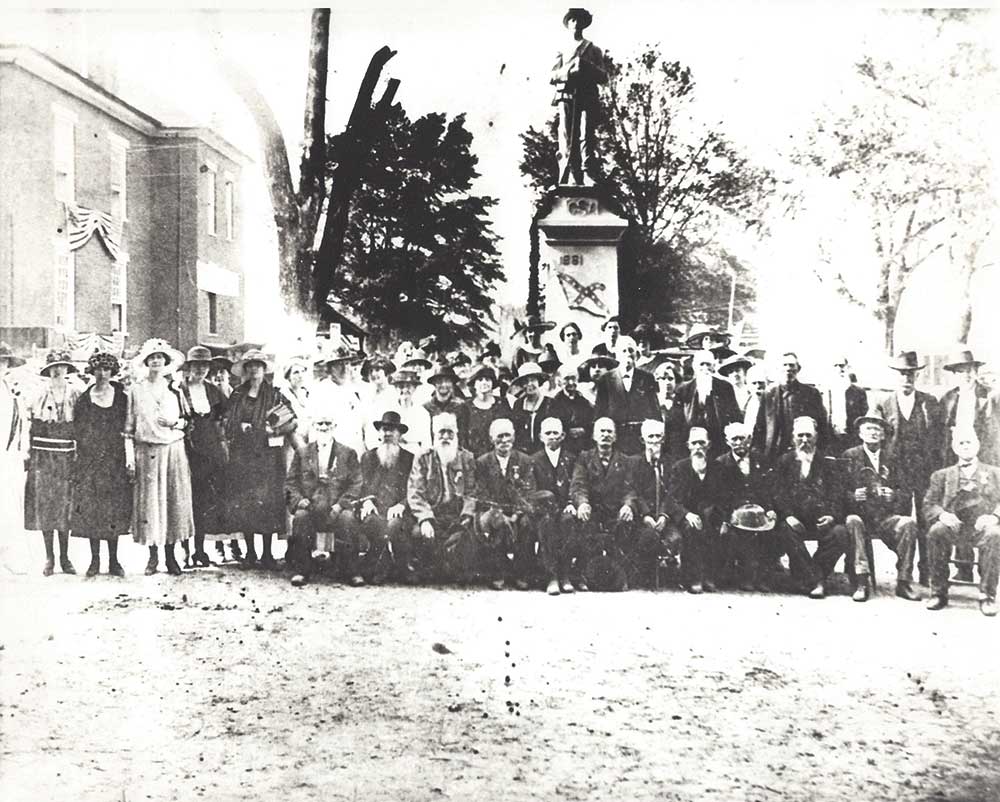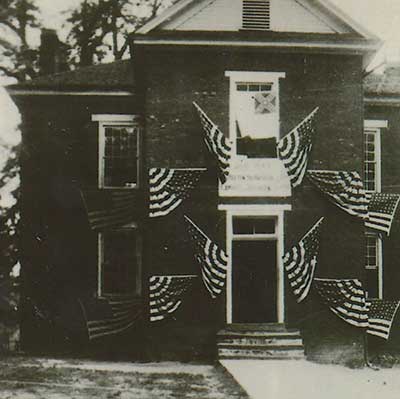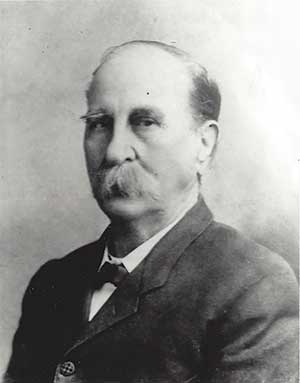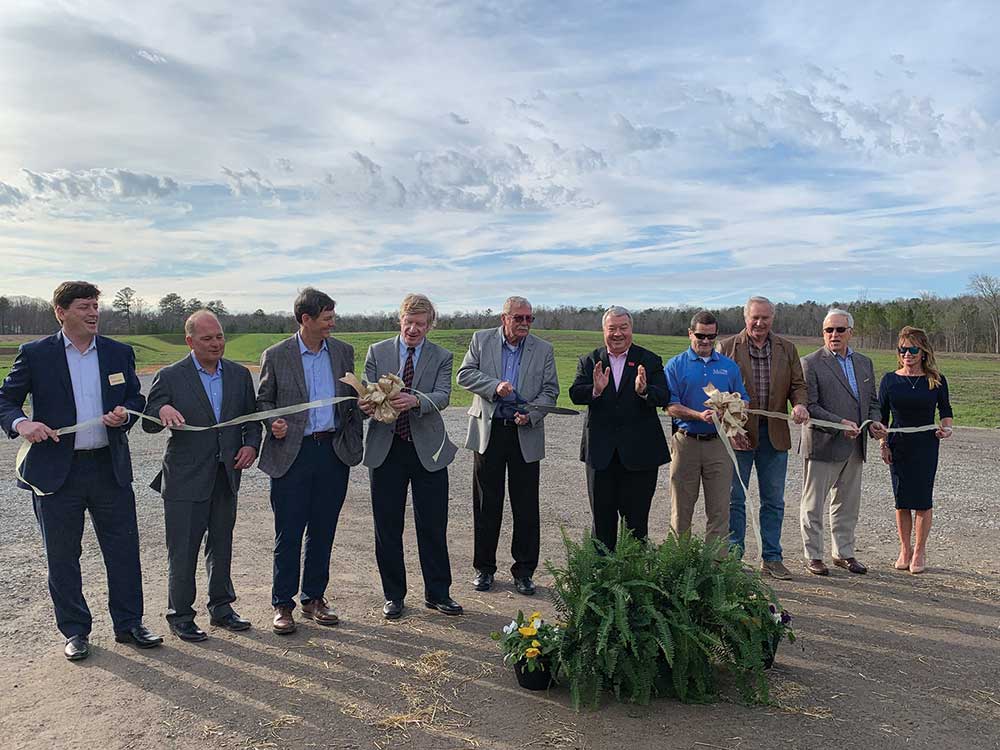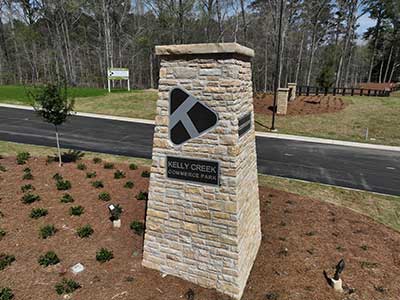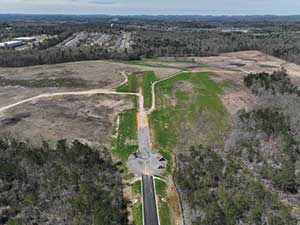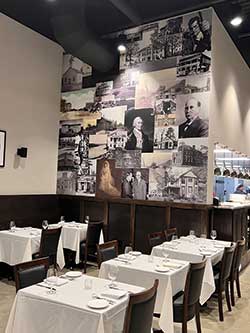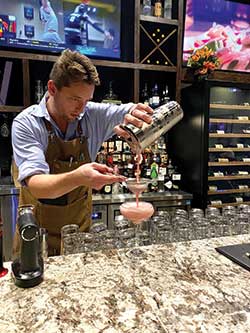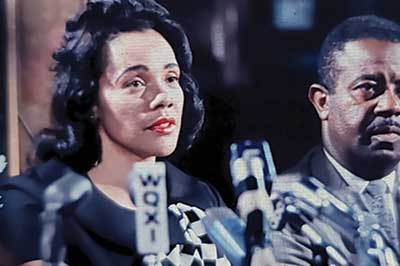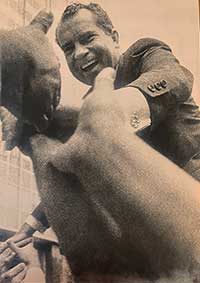As city celebrates 200 years, a look back a century ago
Story by Robert Debter
Submitted Photos
On the heels of observing the bicentennial of Ashville, memories and remembrances of the centennial celebration, April 26, 1923, emerge.
The event was conceived as a tribute to the soldiers of St. Clair County, both living and deceased, who had fought in the War Between the States, also known as the American Civil War. The event was spearheaded by Ashville Chapter 1488 of the United Daughters of the Confederacy, and great care was given over to the preparation of the event, which would culminate in the unveiling of a marvelous marble statue, procured from the McNeel Company in Georgia at the cost of almost $2,500.
In the Feb. 23 edition of the Southern Aegis, owner B.B. Cather, vowed “… to do all it can to help the U.D.C. women pay for their monument and at once wishes to state that any subscriber who loves this paper and wants to help these women can settle with them court week. One half of every dollar paid to them on subscription, new or old for the Southern Aegis, in the next 30 days will be given to this organization or the Monument fund.”
The March 29th edition printed the following notice:
Unveiling Confederate Monument
to St. Clair County Heroes
celebrating Ashville Centennial, April 26th
Public Cordially Invited
On the historic spot in Ashville where 62 years ago, the flower of St. Clair’s young manhood, marched forth to defend their homes and the sacred causes of the Confederacy, the Daughters of the Confederacy have erected a memorial to their loyalty, courage, and devotion.
They have selected April 26th, (Memorial Day), for the day of unveiling.
Few towns can boast of 100 years of existence, such is Ashville’s Birthday. The Daughters have been asked by prominent and former citizens of Ashville to include a centennial program in the day’s celebration, which they are glad to help plan.
A parade headed by a Brass Band, composed of school children, Daughters, Veterans, and floats representing each business in town will take place in the morning, following this will be a Centennial program at which time, Hon. James A. Embry, a lifelong Ashvillian will preside.
The principal address will be delivered by Hon. O.R. Hood of Gadsden, a former son of Ashville.
The unveiling program will be held in the afternoon, at which time, Mrs. W.A. Beason, President of the Ashville Chapter U.D.C. and General Chairman of the day’s festivities will preside.
Principal address of the unveiling will be delivered by Mrs. E.L. Huey of Bessemer, State President U.D.C., gifted and beloved Alabamian.
The big event
Alongside the unveiling and celebrations, a grand homecoming was planned. Chairman Lillie (Phillips) Beason, wife of Dr W.A. Beason, and her publicity committee set to work and issued more than 500 invitations to reach veterans and their families, originally from Ashville, who had since relocated to other parts of Alabama and the country.
On March 5, the Aegis reported, “The Monument Committee who has charge of the day’s program are to be congratulated upon securing Col. Oliver R. Hood of Gadsden, a former son of Ashville, of whom we are justly proud to deliver the Centennial address. Hon. James A. Embry, one of Ashville’s most brilliant and prominent attorneys, whose life has been spent in this peaceful city, has accepted the committee’s invitation to preside.”
As the day approached everyone was encouraged to “… greet every visitor with a smile and a welcome – leave that frown off your face for Ten days and be what God intended you to be, a booster for the Home Comers.”
Undoubtedly on that April morning the old veterans, such as Judge John W. Inzer of Ashville and John Washington Laster Jr., of Springville, recalled their days of service and those whom they marched and fought alongside, saw torn by war and perish from cannon, rifle and saber, and those they suffered with in prisoner of war camps in Illinois and Ohio.
To a crowd of over 2,000, the monument was unveiled by Misses Mattie Lou Teague and Sally V. Inzer. It was reported that the proceedings “… will be long remembered by every person who attended. Ashville was beautifully bedecked with flags and bunting.”
As for the veterans, they “… were treated royally and they seem to have appreciated to the fullest extent all that was done in honor of their dead comrades.”
Remembering the words of General Douglas MacArthur in his farewell address to the cadets as West Point in 1962, “… [T]he soldier above all other people prays for peace, for he must suffer and bear the deepest wounds and scars of war.”











